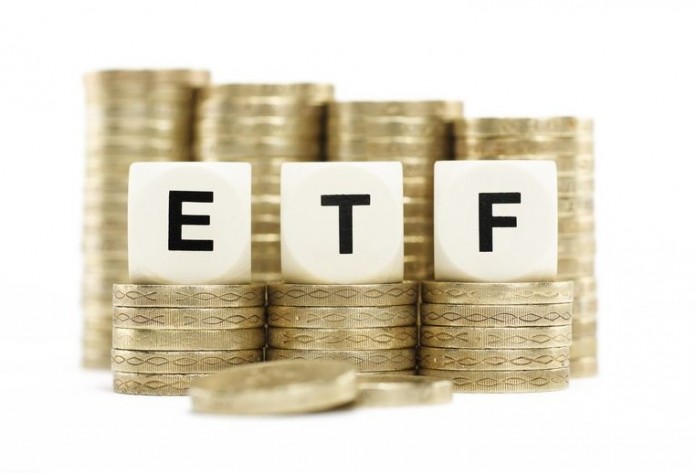Diversification is a technique used by investors and traders of all sorts of products to reduce the risk involved. It is done by allocating investments across various financial instruments and is a good technique to use for anyone currently investing in exchange traded funds (ETFs) or hoping to sometime in the future.
There are various types of risk involved with investing in ETFs so it is advisable for all traders to diversify their portfolio where possible. Everything from market risk to unsystematic risk can affect your ETFs so it is advisable to diversify.
Benefits of an ETF Portfolio
The ETF sector has grown massively in the last decade or so, making it possible to create an all-ETF portfolio. Due to their low cost and with thousands of ETFs available you can create a diverse portfolio from just these types of funds.
Diversifying avoids you putting all your eggs in one basket. Holding various ETFs can guard against volatility and hopefully prevent against all your investments making a loss. An ETF can also provide plenty of exposure to alternative asset classes, from commodities and currencies to precious metals and more so you can play on various markets with ETFs that trade in the same way as stocks.
Advantages of Diversifying
If you have a portfolio of just one asset or all in the same sector and that market plummets due to certain reasons then you can end up in financial trouble. Therefore it is highly advisable to diversify your investments across numerous sectors to prevent against this occurring.
Adverse events will affect your investments in different ways. Political shifts may lower or raise the value of particular currencies but the price of precious metals will stay the same for example. Therefore it is a good idea to have ETFs that have different underlying assets.
How to Diversify
There are many steps to diversify your ETF portfolio. Spread out your finances across various sectors, with ETFs that have underlying assets not only in different markets (such as currency, index and commodities) but different ones within them. For example, hedge against volatility and unpredictability by investing in various types of commodity ETFs.
Build up your portfolio bit by bit on a regular basis rather than investing one large amount. This should smooth out peaks and valleys due to market volatility. Always watch out for commissions as this increases the costs and they are usually applied to each investment.
Find a Home-Based Business to Start-Up >>> Hundreds of Business Listings.

















































